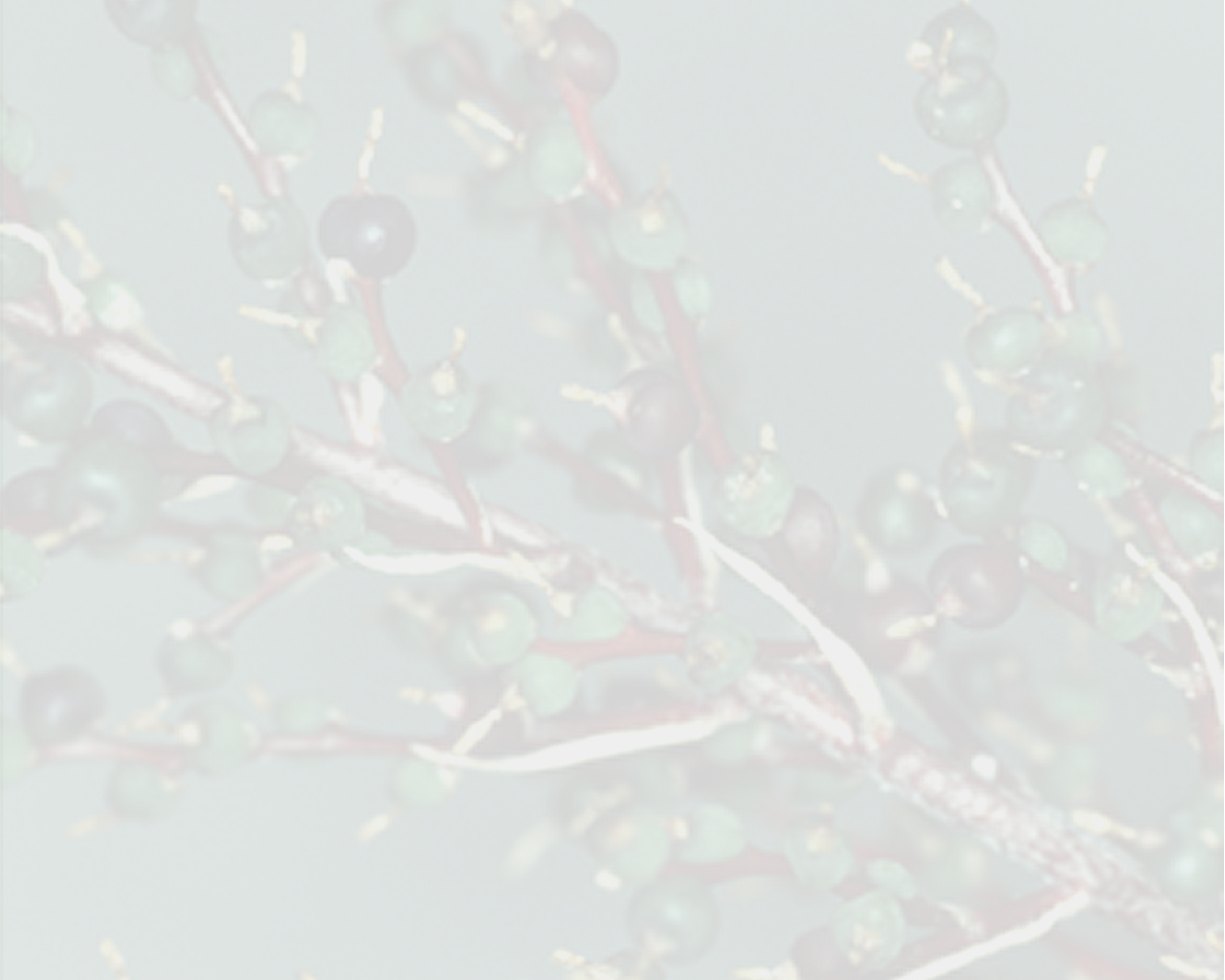

 Araeococcus sessiliflorus Leme & J A Siqueira[as Araeococcus sessiliflorus Leme & J. A. Siqueira]
Araeococcus sessiliflorus Leme & J A Siqueira[as Araeococcus sessiliflorus Leme & J. A. Siqueira]Diagnose: —Ab A. montanus Leme, cui affinis, laminis foliorum apice acutis et apiculatis, ramis suberectis arcuatis recurvatisque, bracteis floriferis late ovatis vel suborbicularibus, acutis et distincte apiculatis, floribus glabratis, ovario viridulo et ovulis obtusis differt. Observations: —DISCUSSION
Araeococcus sessiliflorus is readily recognized by its sessile flowers, or nearly so, which closely links it to A. montanus. The former is easily distinguished from the latter however by leaf blades with an acute, clearly apiculate apex (vs. rounded and obscurely apiculate), inflorescence branches suberect-arcuate and recurved (vs. subspreading), floral bracts broadly ovate to suborbicular, acute and distinctly apiculate (vs. triangular and acuminate), flowers glabrous (vs. subdensely white-floccose), ovary pale green (vs. blackish) and ovules obtuse (vs. caudate)
On the other hand, A. sessiliflorus is also morphologically similar to A, parviflorus. The main traits of this new species that differentiate it from A. parviflorus are the sessile flowers, or nearly so (vs. distinctly pedicellate), usually smaller (6-7 mm vs. 7-11 mm long), with a strong aroma (vs. no detectable odor), floral bracts broadly ovate to suborbicular, acute and distinctly apiculate (vs. ovate and acuminate-caudate), plus obtuse ovules (vs. apiculate).Edited from (17-12-2014): Siqueira & Leme 2007. (protologue) Fragments of the Atlantic Forest of Northeast Brazil - Biodiversity, Conservation and the Bromeliads .